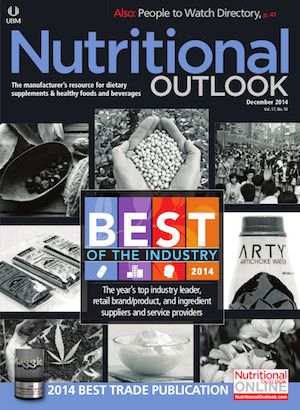FDA Finds Gluten in Presumably Gluten-Free Products
That FDA is studying gluten contamination in "gluten-free" foods is an indication that FDA plans to monitor this claim closely.

It appears that celiacs have good reason to be wary of processed foods that are not specifically labeled gluten-free. In an FDA study on over 400 market-sold foods, researchers found that even when products were presumably gluten-free-that is, their ingredient lists did not include wheat, rye, and barley-many of them were, in fact, contaminated with gluten.
Of 461 products that FDA purchased for its analysis, 98.9% of products with gluten-free labels did meet the legal definition of “gluten-free”-they contained less than 20 ppm of gluten. But 19.4% of products without the label surpassed the 20-ppm threshold, even though they didn’t list any gluten-containing ingredients. And about half of these offenders contained more than 100 ppm of gluten.
Depending on the circumstances of a manufacturer’s operations, foods not containing gluten may still come into contact with gluten from shared surfaces, gluten particles in the air, and other causes. For these circumstances, manufacturers can package their products with warning labels, such as “manufactured in a facility that also uses wheat” or “made on equipment shared with wheat.” In FDA’s study, half of the foods contaminated with gluten at levels above 20 ppm failed to include warning labels, so there’s wonder as to whether their manufacturers were unaware of the contamination threat or just didn’t want to use of warning labels.
Interestingly enough, breakfast cereals were the most likely culprits for gluten contamination in FDA’s study. Many of these cereals contained oats, which, despite not containing gluten by nature, are often at risk of contamination.
FDA’s analysis is published in the journal Food Chemistry.
Robby Gardner
Associate Editor
Nutritional Outlook magazine
robby.gardner@ubm.com
Photo © iStockphoto.com/dem10

The Nutritional Outlook Podcast Episode 39: Nutritional Outlook's Ingredients to Watch in 2025
February 25th 2025In this episode, Nutritional Outlook interviews Scott Dicker, market insights director from market researcher SPINS, about ingredients and product categories nutraceutical and nutrition product manufacturers should watch in 2025.




















